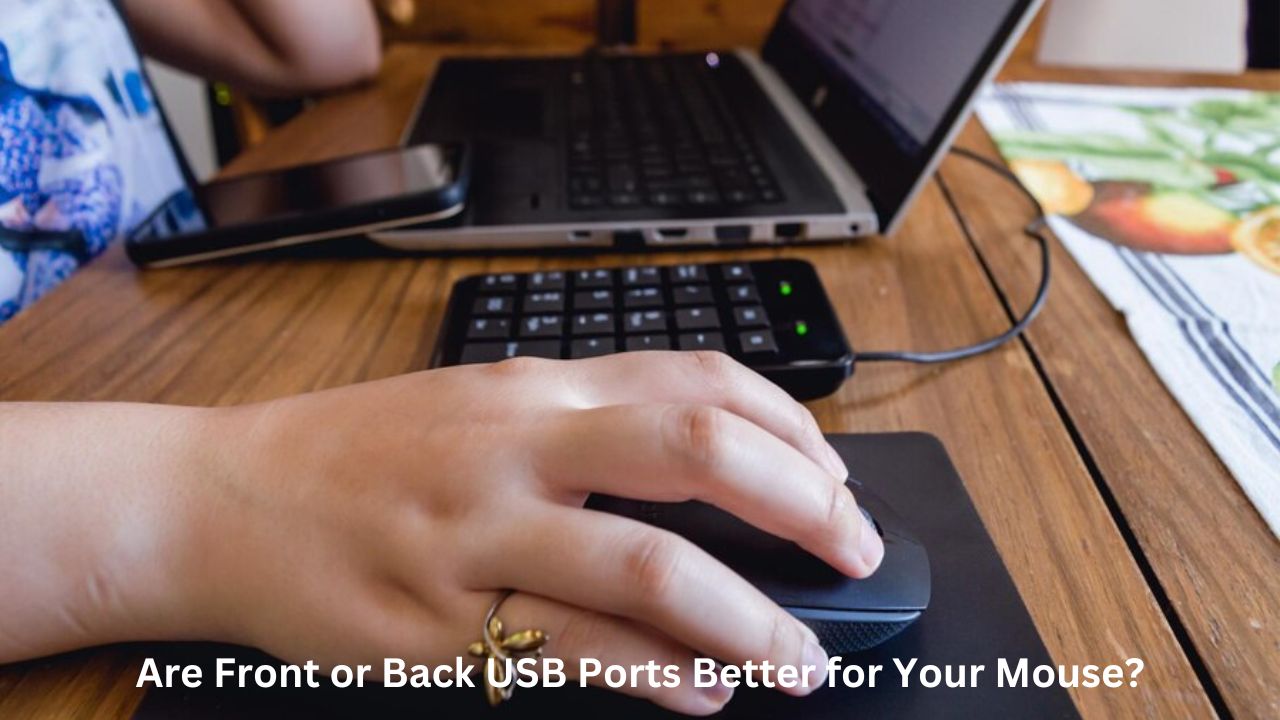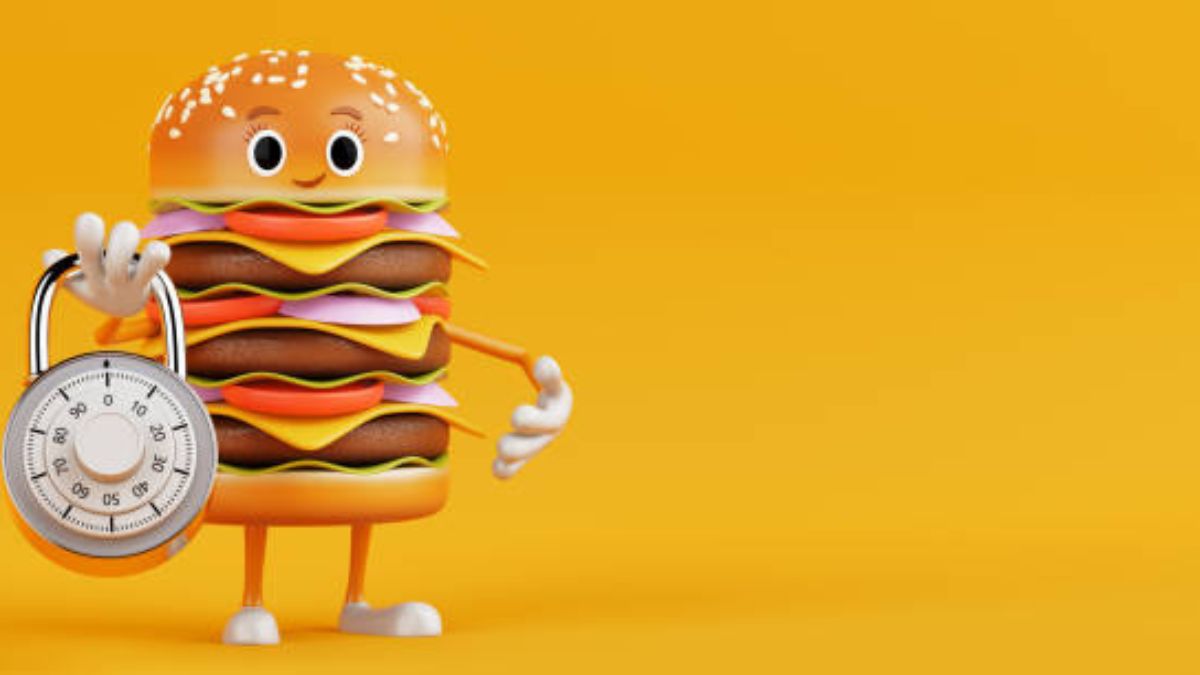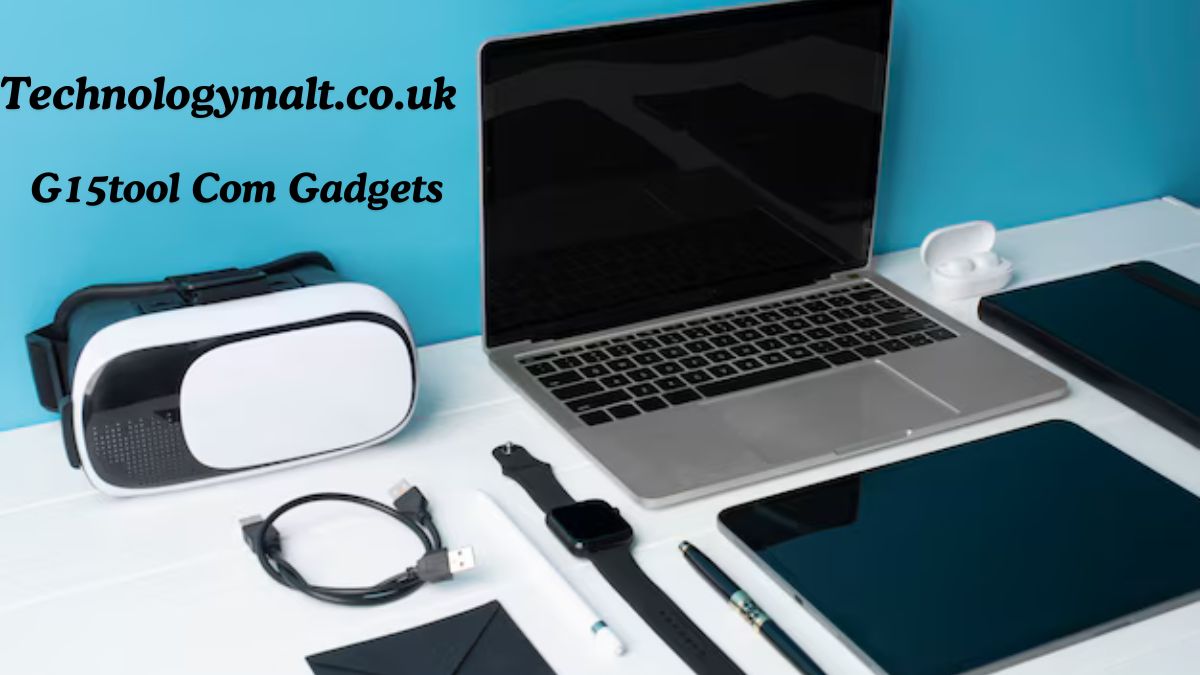When setting up a desktop computer, one question often comes up: should you connect your mouse to a front or back USB port? While it might seem trivial, the choice of USB port can affect performance, convenience, and overall experience. Each option has its advantages and trade-offs, depending on what matters most to you—speed, stability, or ease of access. Let’s explore the differences between front and back USB ports and determine which is better for your mouse.
Understanding USB Port Types: Front vs. Back
Before we dive into which is better, it’s crucial to understand the basic differences between front and back USB ports. Typically, back USB ports are directly connected to the motherboard, ensuring more stable connections and often faster data transfer rates. On the other hand, front USB ports, though more convenient, are connected through cables that run inside the case, which may slightly affect performance.
Back USB Ports: Stability and Performance
The USB ports at the back of your desktop are directly integrated into the motherboard. This connection offers multiple benefits. First, the shorter, direct path to the motherboard minimizes any potential interference or data loss. As a result, these ports tend to be more stable, especially for devices like a mouse that requires consistent communication with the system.
Back USB ports also typically offer faster data transfer speeds. This advantage comes from the fact that they don’t have the additional wiring present in front ports. For high-performance gaming mice or those with customizable features like RGB lighting, this increased data transfer speed can lead to smoother movement and quicker response times. Although the difference might be subtle, it’s something that power users and gamers will appreciate.
However, the main drawback of back USB ports is accessibility. Depending on your setup, reaching around to the back of your desktop can be inconvenient, especially if you frequently unplug or switch devices. For a mouse, which generally stays plugged in, this may not be a significant issue. But it is something to consider if you’re someone who likes to frequently rearrange cables or ports.
Front USB Ports: Convenience Over Performance?
The front USB ports on a desktop are much easier to access, especially when your setup involves a computer case located under a desk. For users who prefer convenience, these ports seem like an obvious choice. You can quickly unplug and replug your mouse without crawling under your desk or reaching behind your tower.
However, front USB ports come with a few caveats. First, their internal connection to the motherboard involves additional wiring inside the computer case. This can sometimes lead to slightly slower data transfer rates or increased interference. While this difference might not be noticeable for basic mouse usage, users who rely on high-performance gaming mice might feel a slight lag or stutter, especially in intense situations like gaming.
In addition, front USB ports are often shared with other devices. If you’re charging your phone or plugging in other peripherals like external hard drives, the front ports can become crowded and limit the performance of your mouse. Front ports also tend to wear out faster due to frequent use, which could affect their long-term reliability.
Factors to Consider When Choosing a USB Port for Your Mouse
Now that we’ve outlined the basic differences between front and back USB ports, it’s important to consider your specific needs when deciding which to use for your mouse. Here are several key factors that can help you make an informed decision.
1. Stability and Signal Strength
As mentioned earlier, back USB ports offer more stability. This is due to their direct connection to the motherboard, which minimizes potential interference. If you experience connection drops or stuttering with your mouse, using a back port can often resolve these issues. Gamers, graphic designers, or anyone who relies on smooth, consistent mouse performance should consider the back ports for their increased reliability.
On the other hand, if your mouse is a standard model and used primarily for office tasks, web browsing, or casual use, the front USB ports should be more than adequate. Most standard mice don’t require the same level of precision as gaming mice, so the potential drop in signal strength is less noticeable.
2. Convenience and Accessibility
The convenience of front USB ports cannot be overstated. For users who regularly switch peripherals or move their setup around, having your mouse connected to the front makes it much easier to access. You won’t have to reach behind your computer every time you want to unplug or adjust your setup.
However, if you don’t need to frequently move your mouse, this advantage is less important. For a permanent or semi-permanent setup, the stability and performance of the back ports outweigh the slight inconvenience of accessing them.
3. Performance and Data Transfer Rates
For users with high-performance mice, such as gaming mice or professional-grade devices, data transfer rates become more significant. These types of mice often send and receive more data due to features like high polling rates, customizable buttons, and RGB lighting. Back USB ports generally provide faster and more stable data transfer, making them the ideal choice for users who want optimal performance.
If you’re using a basic wired or wireless mouse for everyday activities, the front USB ports should provide adequate performance without noticeable issues. Unless you’re involved in activities that require high precision, like gaming or design, the slight performance difference is negligible.
4. Port Crowding and Bandwidth Sharing
One important consideration when using front USB ports is how many other devices you have plugged in. Front ports are often shared between multiple peripherals, which can impact the performance of devices that are connected. For example, if you’re charging your phone or using an external hard drive, your mouse might not perform as smoothly.
Back USB ports generally have more bandwidth available because they are connected directly to the motherboard. If you have several high-power devices connected at once, the back ports are better equipped to handle the load without sacrificing performance.
Wired vs. Wireless Mice: Does It Make a Difference?
When deciding between front or back USB ports, another factor to consider is whether you’re using a wired or wireless mouse. Wired mice tend to benefit more from the direct connection of a back USB port, as this ensures the fastest response times and least interference.
Wireless mice, however, are less affected by the type of USB port you use since they rely on a USB receiver. However, the placement of the receiver can still matter. Using a front USB port for a wireless receiver allows for a closer connection between the mouse and the receiver, reducing the chance of interference. But if your desk setup is spacious, using a back USB port for the receiver won’t make much of a difference in performance.
How USB Generations Impact Your Mouse’s Performance
Another consideration is the USB generation your ports are using. USB 2.0, 3.0, and 3.1 all offer different data transfer speeds. While most mice don’t require the full bandwidth of USB 3.0 or higher, high-performance gaming mice might benefit from these faster ports. Front USB ports are often USB 2.0, while back ports may support the faster USB 3.0 or 3.1 standards.
If you’re serious about performance, checking the type of USB ports on your desktop can help you make the best decision. Gamers and power users should look for back USB ports with the highest available data transfer rates for the smoothest mouse experience.
Optimizing Your Setup for Maximum Performance
For those looking to get the most out of their mouse setup, a combination of both front and back USB ports can be useful. Using the back port for your primary mouse ensures stable, high-speed performance, while leaving the front ports available for temporary or low-priority connections.
Alternatively, if you prefer front port convenience but still want reliable performance, ensure you’re using a high-quality front port connected to a modern motherboard. You can also check for any potential issues with cables inside your case, as they might impact data transfer rates.
Conclusion: Which USB Port Is Better for Your Mouse?
So, are front or back USB ports better for your mouse? The answer largely depends on your specific needs and preferences. Back USB ports offer greater stability, faster data transfer, and reduced interference. On the other hand, front USB ports provide unmatched convenience, making them a better option if you frequently switch devices.
For high-performance users like gamers or professionals, back USB ports are likely the best choice. However, casual users will find that front USB ports deliver more than enough performance for everyday tasks. Ultimately, the decision comes down to balancing convenience with performance based on how you use your mouse and computer setup.
FAQs
Is there a performance difference between front and back USB ports for a mouse?
Back USB ports often offer better stability and performance due to their direct connection to the motherboard.
Are front USB ports worse for gaming mice?
Front USB ports can be less stable, but for most users, the difference is minimal. Gamers may notice smoother performance using back ports.
Does the type of USB port (USB 2.0 vs. 3.0) affect mouse performance?
High-performance gaming mice might benefit from USB 3.0 or higher, but for most mice, USB 2.0 is sufficient.
Do wireless mice need to use back USB ports?
Wireless mice generally work well with either front or back ports. The receiver’s position is more important than the port itself.
Why do front USB ports wear out faster?
Front USB ports experience more use due to their convenient location, leading to quicker wear compared to back ports.
Is it safe to use front USB ports for charging devices while using a mouse?
Yes, but sharing front USB ports with multiple devices can slightly affect performance. Back ports are better for multiple devices.











